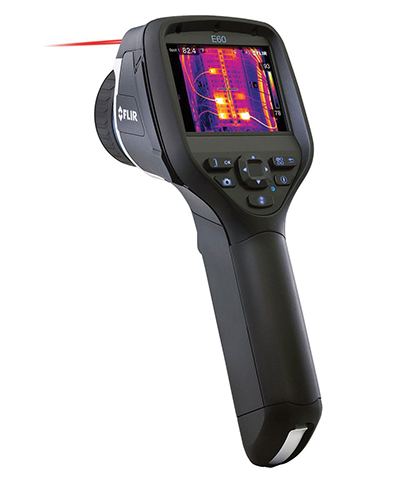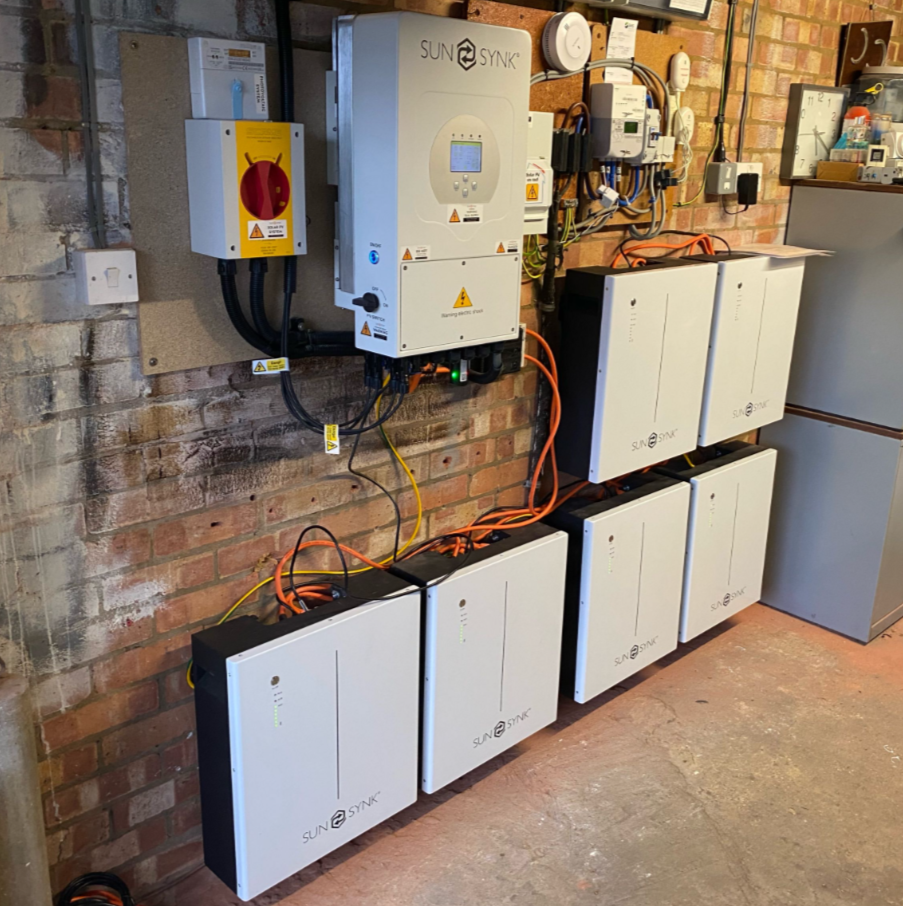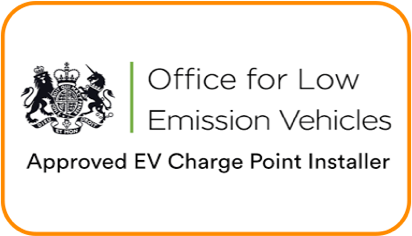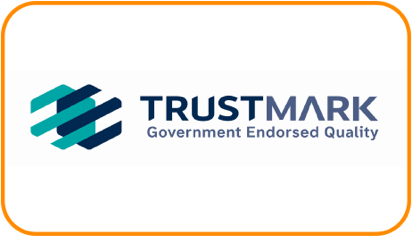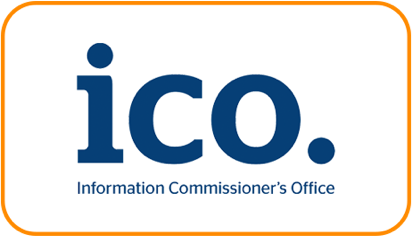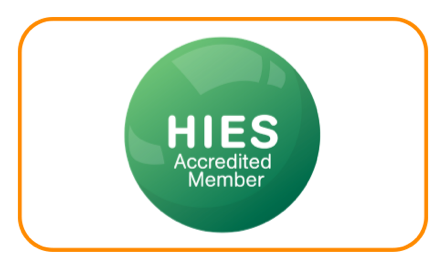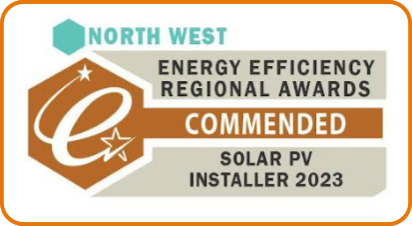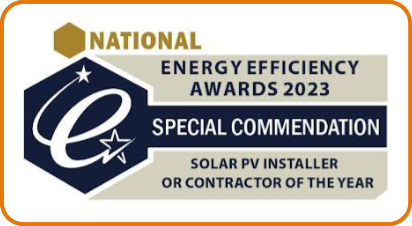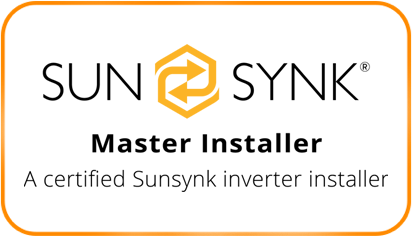There are many reasons why Solar PV installations should be monitored after installation, in order to maintain the solar panels’ effectiveness, the big selling point for customers of a photovoltaic system is their long life span, which in turn offers the return on investment from the feed in tariff, these systems are expected and promoted to last 20-25 years, the last thing you want to have happen is to have invested in a Solar PV installation only to have it falter and prevent you from collecting the monthly pay-out.
Periodic checks of installed solar panels are required to be carried out to keep in line with IEC 62446 regulations; the IEC 62446 was published in March 2009, it is an international standard used by the solar industry to provide guidelines on minimum requirements for system documentation, inspection of photovoltaic (PV) systems and commissioning tests. The advantage of this regulation is to provide the customer with accurate and adequate documentation of the electrical tests carried out to ensure the system is running well, post installation. Along with the electrical test information, the customer of a PV installation is also given inspection documentation and a report indicating periodic verification to outline any potential problems the solar PV installation, but not just problems, as the report may suggest pre-emptive measures that are recommended to sure consistent system performance; including but not limited to upgrading of your system, changes to your systems / installation to ensure it meets the current standards at the time of the report.
International Electrochemical Commission (IEC) 62446 offers a lot of solar industry specific guidelines that are internationally recognised, although not currently mandatory. The benefits are clear for both the customer and the installers, being able leave your customer with piece of mind that their system with be secure for the coming years.
